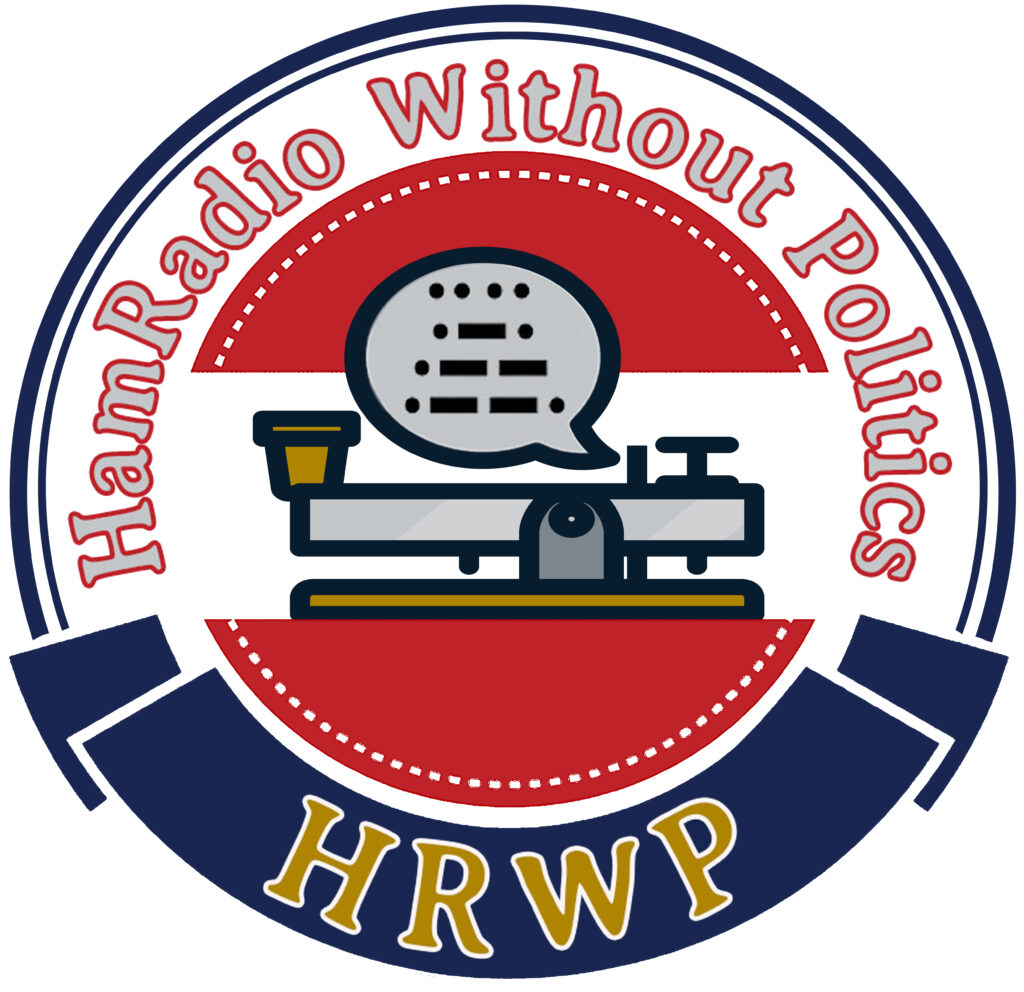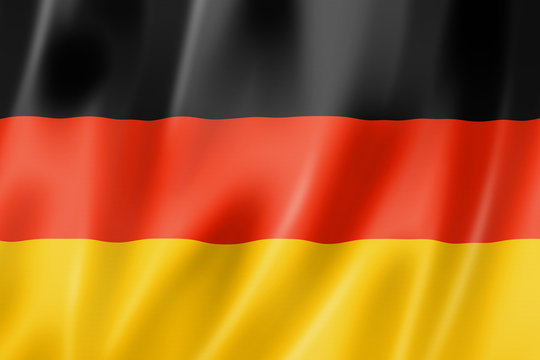The history of amateur radio, dates from the dawn of radio communications, with published instructions for building simple wireless sets appearing at the beginning of the twentieth century. Throughout its history, amateur radio enthusiasts have made significant contributions to science, engineering, industry, and social services. Research by amateur radio operators has founded new industries,built economies,empowered nations,and saved livesin times of emergency.
Beginnings
Amateur radio came into being after radio waves (proved to exist by Heinrich Rudolf Hertz in 1888) were adapted into a communication system in the 1890s by the Italian inventor Guglielmo Marconi.In the late 19th century there had been amateur wired telegraphers setting up their own interconnected telegraphic systems. Following Marconi’s success many people began experimenting with this new form of “wireless telegraphy”. Information on “Hertzian wave” based wireless telegraphy systems (the name “radio” would not come into common use until several years later) was sketchy, with magazines such as the November, 1901 issue of Amateur Work showing how to build a simple system based on Hertz’ early experiments.
Magazines show a continued progress by amateurs including a 1904 story on two Boston, Massachusetts 8th graders constructing a transmitter and receiver with a range of eight miles and a 1906 story about two Rhode Island teenagers building a wireless station in a chicken coop. In the US the first commercially produced wireless telegraphy transmitter/receiver systems became available to experimenters and amateurs in 1905.
In 1908, students at Columbia University formed the Wireless Telegraph Club of Columbia University, now the Columbia University Amateur Radio Club. This is the earliest recorded formation of an amateur radio club, collegiate or otherwise.
In 1910, the Amateurs of Australia formed, now the Wireless Institute of Australia.
The rapid expansion and even “mania” for amateur radio, with many thousands of transmitters set up by 1910, led to a wide spread problem of inadvertent and even malicious radio interference with commercial and military radio systems.
Some of the problem came from amateurs using crude spark-transmitters that spread signals across a wide part of the radio spectrum.
In 1912 after the RMS Titanic sank, the United States Congress passed the Radio Act of 1912 which restricted private stations to wavelengths of 200 meters or shorter (1500 kHz or higher).
These “short wave” frequencies were generally considered useless at the time, and the number of radio hobbyists in the U.S. is estimated to have dropped by as much as 88%.
Other countries followed suit and by 1913 the International Convention for the Safety of Life at Sea was convened and produced a treaty requiring shipboard radio stations to be staffed 24 hours a day. The Radio Act of 1912 also marked the beginning of U.S. federal licensing of amateur radio operators and stations. The origin of the term “ham”, as a synonym for an amateur radio operator, was apparently a taunt by professional telegraphers.
Between the wars
In 1921, a challenge was issued by American hams to their counterparts in the United Kingdom to receive radio contacts from across the Atlantic. Soon, many American stations were beginning to be heard in the UK, shortly followed by a UK amateur being heard in the US in December 1922. November 27, 1923 marked the first transatlantic two-way contact between American amateur Fred Schnell and French amateur Léon Deloy.
Shortly after, the first two way contact between the UK and USA was in December 1923, between London and West Hartford, Connecticut.
In the following months 17 American and 13 European amateur stations were communicating. Within the next year, communications between North and South America; South America and New Zealand; North America and New Zealand; and London and New Zealand were being made.
These international Amateur contacts helped prompt the first International Radiotelegraph Conference, held in Washington, DC, USA in 1927–28.[8] At the conference, standard international amateur radio bands of 80/75, 40, 20 and 10 meters and radio callsign prefixes were established by treaty.
In 1933 Robert Moore, W6DEI, begins single-sideband voice experiments on 75 meter lower sideband.
By 1934, there were several ham stations on the air using single-sideband.
Post war era
In 1947, the uppermost 300 kHz segment of the world allocation of the 10 meter band from 29.700 MHz to 30.000 MHz was taken away from amateur radio.
During the 1950s, hams helped pioneer the use of single-sideband modulation for HF voice communication.
In 1961 the first orbital amateur radio satellite was launched. OSCAR I would be the first of a series of amateur radio satellites created throughout the world.
Ham radio enthusiasts were instrumental in keeping U.S. Navy personnel stationed in Antarctica in contact with loved ones back home during the International Geophysical Year during the late 1950s.
21st century
For many years, amateur radio operators were required by international agreement to demonstrate Morse code proficiency in order to use frequencies below 30 MHz. In 2003 the World radiocommunications conference (WRC) met in Geneva, Switzerland, and voted to allow member countries of the International Telecommunication Union to eliminate Morse code testing if they so wished .
On December 15, 2006, the United States Federal Communications Commission (FCC) issued a Report and Order eliminating all Morse code testing requirements for all American Amateur Radio License applicants, which took effect February 23, 2007.
The relaxing of Morse code tests has also occurred in most other countries, resulting in a boosting in the number of radio amateurs worldwide.
While there is no longer a requirement for hams to learn “the Code”, it remains a popular communications mode.
Most of Europe allows licensed operators from other countries to obtain permits to transmit in Europe during visits. Residential permits are available in many countries globally whereby a valid license from one country will be honored by other countries under international treaties.
In early 2010, only North Korea had an absolute ban on ham radio operator licenses, although many countries still maintain careful records of ham licensees, and limit their activities and frequency bands and transmit power output.
Amateur radio emergency communications assisted in disaster relief activities for events such as the September 11 attacks in 2001, Hurricane Katrina in 2005, and the Sichuan earthquake in 2008.
In 2017, the Red Cross requested 50 amateur radio operators be dispatched to Puerto Rico to provide communications services in the wake of Hurricane Maria.





No responses yet